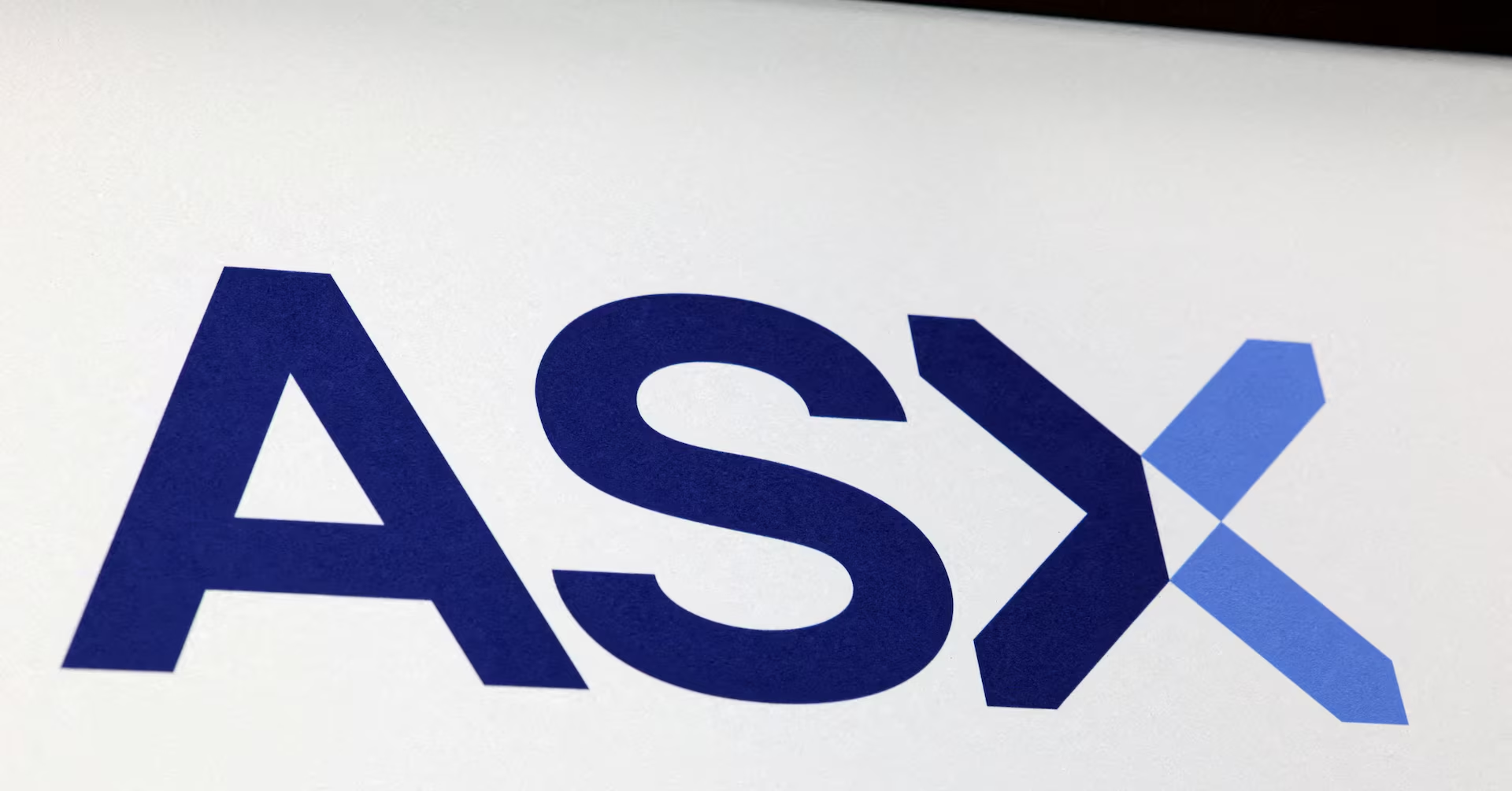Dec 1 (Reuters) – Australia’s stock exchange operator ASX (ASX.AX) was experiencing an outage affecting the publication of corporate announcements, its official website showed on Monday.
The outage comes on the heels of the RBA’s recent criticism of ASX’s governance, culture and risk-management practices, issued after a December 2024 settlement-system malfunction raised concerns about the bourse operator’s ability to maintain secure and resilient market infrastructure.
Sign up here.
“ASX is investigating an issue impacting the publication of company announcements,” the website said.
“Individual securities will be halted where price sensitive announcements are received,” ASX said in an emailed response to Reuters.
Shares of the bourse operator were down 0.1% at A$58.16 as of 2311 GMT.
Reporting by Roshan Thomas in Bengaluru; editing by Diane Craft and Chris Reese
Our Standards: The Thomson Reuters Trust Principles.
